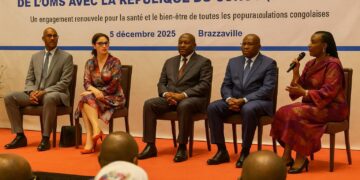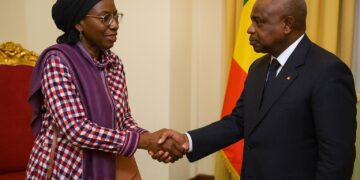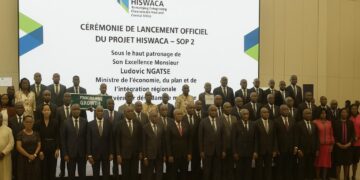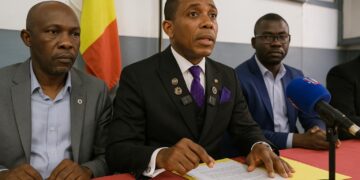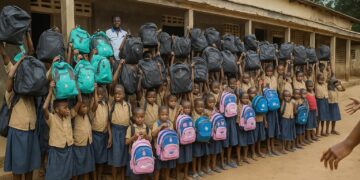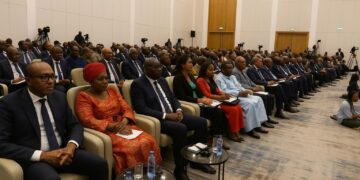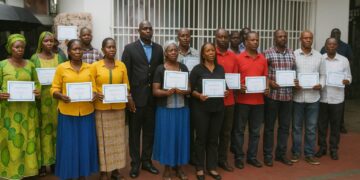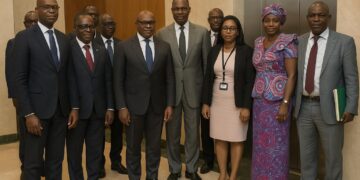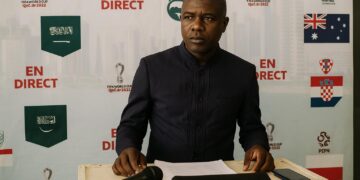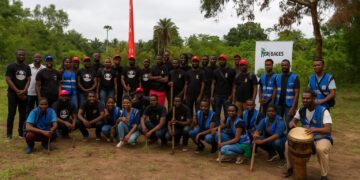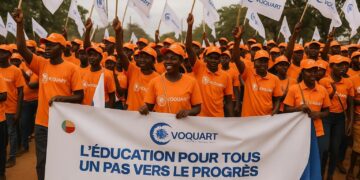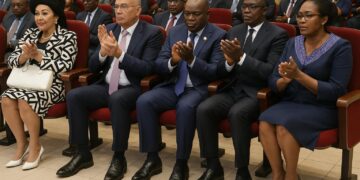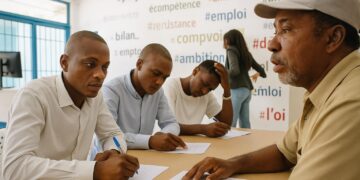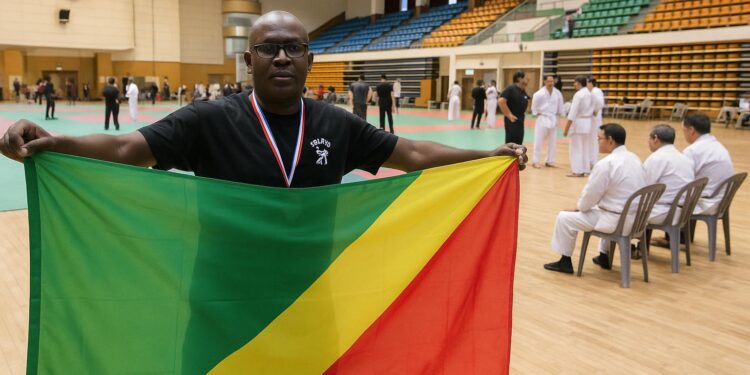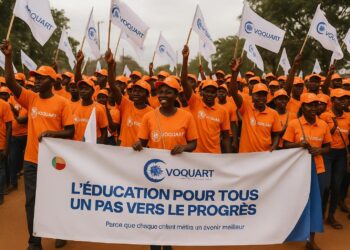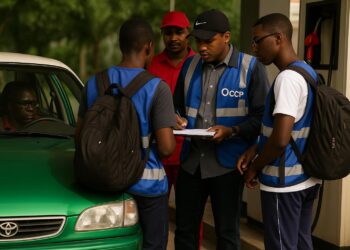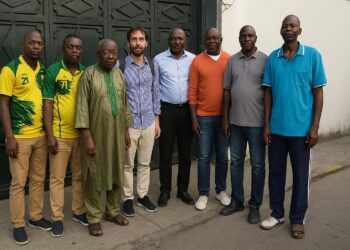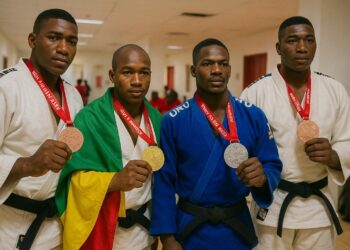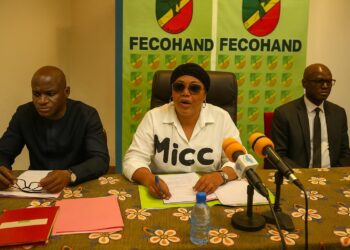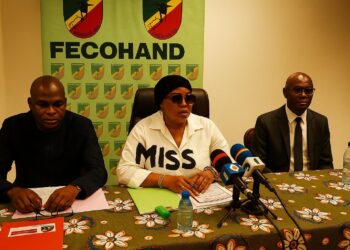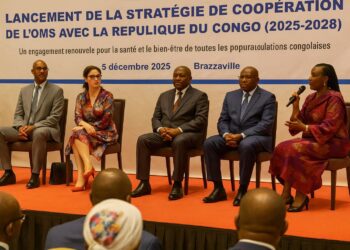A Bronze Echoes Globally
When Edmond Narcisse Gantsie Dzia stepped onto the polished tatami in Gyeongju, even seasoned observers could sense poised determination. Minutes later the Congolese veteran delivered a sequence of circular kicks and joint locks that secured him a bronze medal in the over-83-kilogram division.
The podium finish, recorded during the combined International Hapkido and Taekgyeon Seminar and Championship, placed Dzia behind athletes from the United States and France, yet it catapulted the Republic of the Congo onto an arena traditionally dominated by East Asian and Western delegations.
In an interview with Seoul-based broadcaster YTN, tournament director Lee Seong-jin described the Congolese performance as “precise, respectful, and technically adventurous,” highlighting Dzia’s ability to blend fluidity with the more force-based school of his Korean counterparts.
Building a Homegrown Dojang
Back in Brazzaville, the National Hapkido Federation that Dzia chairs runs evening classes beneath corrugated roofing at the Avenir Gymnasium. Enrollment, federation records show, has risen from 60 practitioners in 2018 to nearly 220 this year, with half under the age of twenty.
Sports sociologist Célestine Mapata believes the discipline meets a growing appetite for structured physical education. “Hapkido offers self-defence, philosophy, and etiquette,” she notes by telephone. “That three-in-one appeal aligns with our youth policies encouraging civic engagement through sport”.
Government support has materialised quietly yet tangibly. Travel subsidies from the Ministry of Sports and Physical Education, confirmed by spokesperson Rodrigue Oba in a statement to Agence d’Information d’Afrique Centrale, covered airfare and accommodation for the five-member delegation to South Korea.
Diplomacy Woven into the Gi
Sporting exchanges have long complemented Brazzaville’s pursuit of diversified partnerships in Asia. Since 2019, officials from both capitals have signed memoranda covering energy, healthcare, and culture; martial arts diplomacy therefore fits an established template of soft-power interaction.
South Korea’s Ambassador to the Republic of the Congo, Kim Seong-soo, who attended the championship’s opening ceremony, framed the event as a celebration of “mutual respect through movement”. His counterpart in Seoul, High Commissioner Joseph-Jean Ndinga, echoed that narrative in an op-ed for the JoongAng Ilbo.
Analysts at the Korea Institute for Sport Science argue that hosting delegations from sub-Saharan Africa helps sustain global participation numbers, which directly influence ministry budgets at home. The Congolese medal, they contend, provides empirical evidence of the model’s inclusive return on investment.
Technical Evolution on the Tatami
Dzia’s route to bronze began with a decisive wrist-lock submission against Canada’s Marco Henders in the quarter-final. A semi-final loss to eventual champion Peter McAllister featured narrow point differentials, according to the official scorecard released by the Korea Hapkido Federation.
Video analysis conducted by Pretoria-based coach Lwazi Mthenjwa highlights Dzia’s preference for outside-to-inside sweeping kicks, a methodology distinct from the central-line counters taught in Seoul. Mthenjwa suggests this hybrid style may confuse opponents unaccustomed to Central African cadence changes.
The athlete credits his technical growth to monthly virtual clinics led by Grandmaster Han Gyo-seok, whose school streams sessions to francophone Africa via a low-bandwidth platform. “Distance dissolves through discipline,” Dzia observed during a brief press scrum, underscoring the modernisation of training pipelines.
Momentum after Moscow
Observers recall that the Korean success follows a bronze captured at the Moscow Open on 4 May. The rapid succession of medals indicates consistency rather than coincidence, argues Russian coach Natalia Petrova, who labelled the Brazzaville fighter “a strategic learner” during a post-event panel.
Federation minutes reviewed by this publication show plans to send a junior squad to the Rabat African Open next spring, leveraging Dzia’s momentum to attract sponsorships. Negotiations are reportedly underway with two mobile-money operators seeking brand visibility in emerging sports markets.
Health, Safety, and Veteran Athletes
Competing in a bracket that spans ages eighteen to fifty-five raises predictable questions about injury risk. Orthopaedic surgeon Dr. Yvonne Kanda, consultant to the Congolese Olympic Committee, notes that veteran competitors often offset diminished speed with heightened tactical foresight, thereby keeping trauma rates manageable.
Dzia exemplifies the trend: his regimen features swimming for joint conditioning and weekly meditation sessions derived from taekgyeon breathing patterns. Such cross-disciplinary preparation, experts argue, demonstrates how traditional martial arts can integrate modern sports science without diluting cultural identity.
A Symbol Larger Than a Medal
For many Congolese observers, the bronze is less an endpoint than a credential lending weight to their appeals for infrastructure. Construction of a purpose-built martial arts centre, first announced in 2021, has yet to break ground; Dzia’s success adds urgency without open criticism.
As the tatami lights dimmed in Gyeongju, Dzia folded the Congolese tricolour with deliberate care before saluting the judges. His gesture encapsulated a broader narrative: individual ambition reinforcing national visibility, and soft diplomacy thriving on the silent language of martial discipline.
In the coming months, the federation aims to translate the medal into curriculum materials for physical-education teachers, ensuring that hapkido concepts migrate from elite circles to public classrooms.

